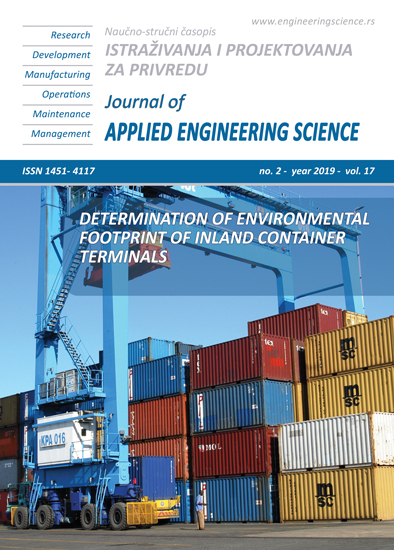DETERMINATION OF ENVIRONMENTAL FOOTPRINT OF INLAND CONTAINER TERMINALS
Keywords:
modes, transportation, Emissions,
Abstract
Global warming is forcing us to assess the specific environmental impact of all our industrial activities without which we could not imagine our existence anymore. Energy and heat production, industrial production of all kind, agriculture, forestry and other land use, transportation, construction industry and other energy processing and refining and transport of fuel. Among stated sources of global Greenhouse Gas Emissions, transportation alone brings a share of 14%, studies show. Due to globalization of the international trade we are not able to avoid massive movements of raw materials on one side and finished products on the other. Thus the Transportation Industry becomes a major factor in production cycle of majority of products. Transportation modes available today have all the same task, to bring the goods from shipper to consignee as fast and as cheap as possible. Transportation mode selected, isn’t necessarily the environmental friendly mode, but only the “best value for money” for the stakeholders. To stimulate the use of environmental friendlier transportation modes, a proper comparison is required. The standard EN16258 provides methodology for calculating Green-House-Gas Emissions during transportation for all transport modes, but there are some grey areas in logistic chains. In Combined transport, where Rail and Road Transportation are combined, there is a whole segment of activities, needed to shift from one mode to another, where emissions take place and have to be accounted for.

